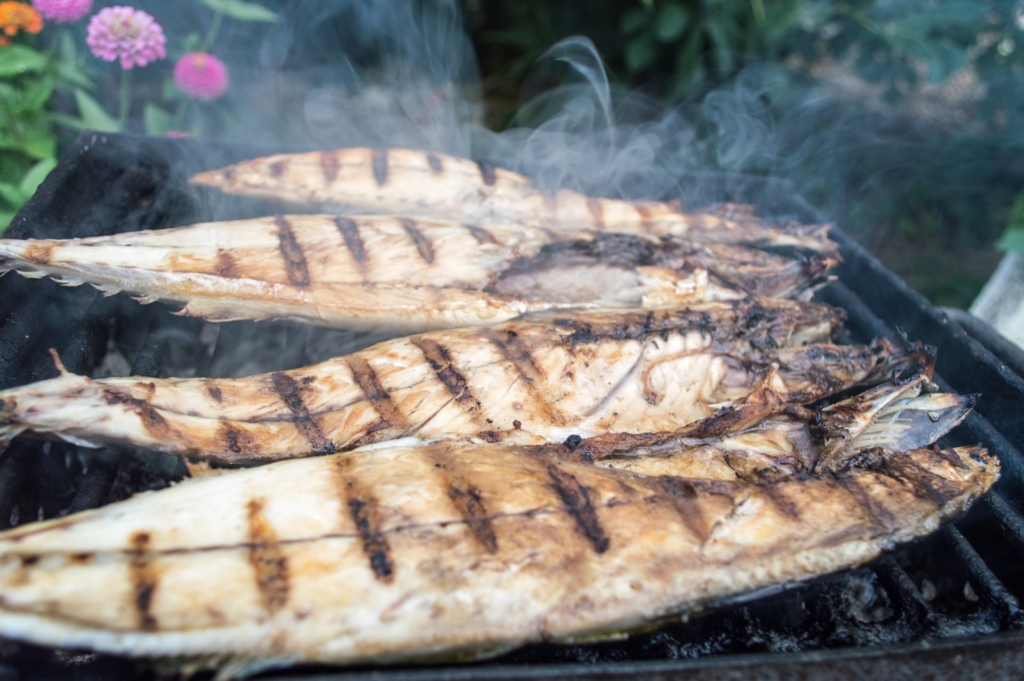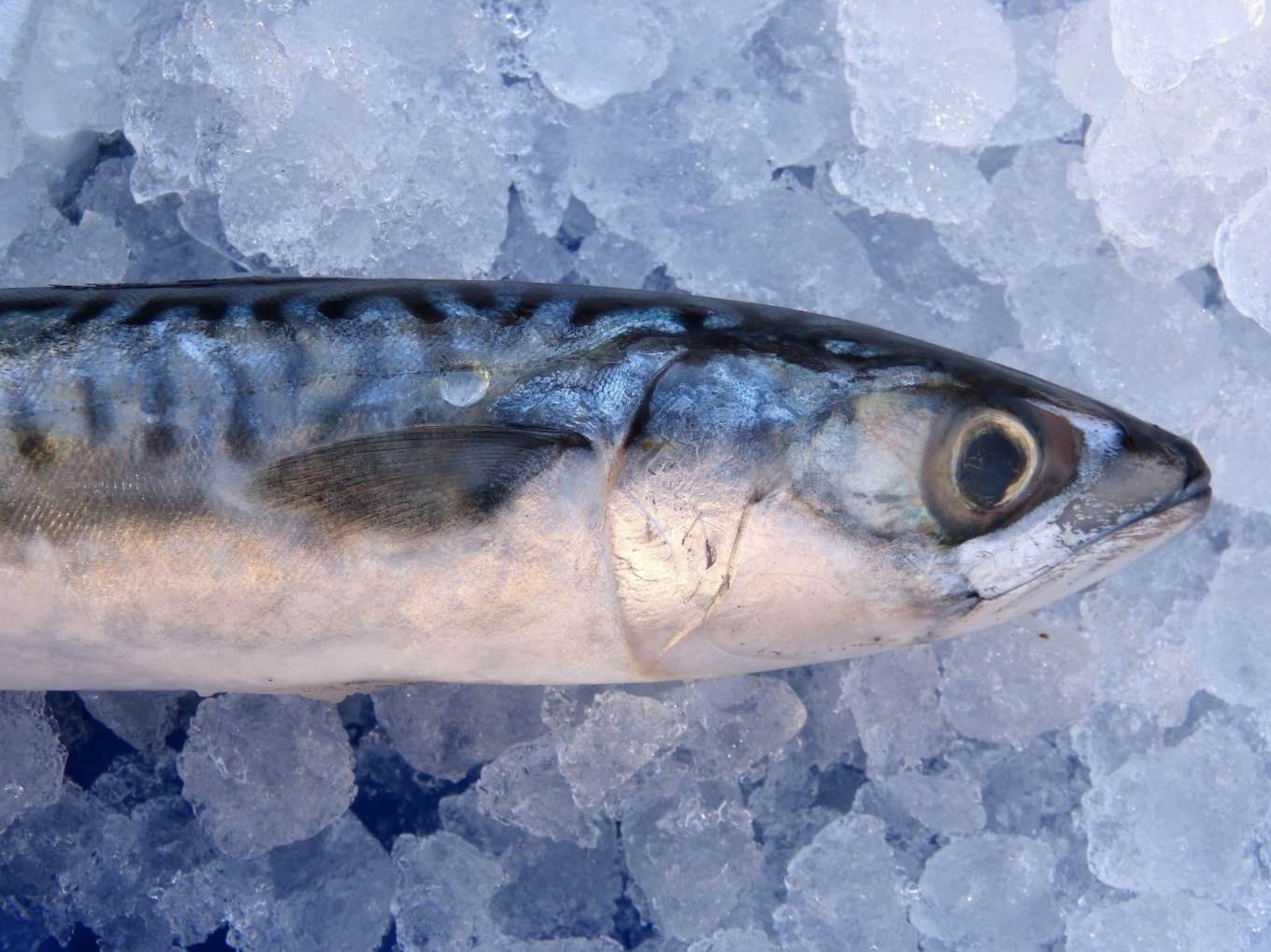Mackerel is a saltwater fish that checks all the boxes: it’s delicious, affordable, abundant, eco-friendly, and a source of valuable nutrients (and bonus points for looks, owing to its iridescent silver-blue skin and firm, dark pink flesh). So why aren’t we eating more of it? Here are the reasons to embrace the mackerel.
What Does Mackerel Taste Like?
Fish, in general, should be eaten as soon as possible after capture, and mackerel more so than most–it spoils quickly and does not freeze well. Fishy flavor develops in fish that have sat too long out of the water. Mackerel earned its stinky reputation back before the advent of refrigeration and canning when preservation was more difficult and spoiled mackerel were common at the docks.
But fresh mackerel has a mild umami flavor and a meaty texture, akin to tuna, which shares the family tree. Tinned mackerel preserves the fish at the same level of freshness, leading to a flavor much milder than sardines and anchovies. An open tin of mackerel shouldn’t even give off as much scent as a can of tuna.
Nutrition

As a fish rich in heart-healthy fats, mackerel contains one of the highest concentrations of omega-3 fatty acids out of any fish available in stores. Omega-3s lower blood pressure, fight inflammation, and raise good cholesterol, which is why nutritionists recommend at least two servings of fish per week, including one of an oily fish like mackerel. The Cleveland Clinic rates mackerel from Alaska and from the Atlantic among its top 3 healthiest fish.
Be diligent about sourcing, however, due to variations in mercury levels. The most common variety of mackerel, Atlantic (also called Boston), is low on the food chain and has shown lower mercury levels. Large varieties higher on the food chain, particularly King mackerel, show the highest levels, and the National Resources Defense Council recommends that children younger than 6, and women who are pregnant, nursing, or who plan to soon become pregnant should avoid King mackerel.
What to Shop For

When shopping for fresh mackerel, inspect the fish’s appearance. Its skin should be silver with a blue tint and distinct speckling, not brownish with faded speckling; and it should be tight rather than wrinkly or slightly dried-out. Its eyes should be lively and protruding rather than clouded over.
Shopping for tinned mackerel is another thing altogether. The fillets, which are almost twice the size of a sardine, are packed in many ways: smoked, or not; with salt or lemon; in olive oil, water, or tomato sauce (which might be spicy or not); with a wide variety of spices. Fish packed in oil tend to be richer and more flavorful than those packed in water.
Is it Sustainable?
Mackerel is an environmentally-friendly seafood that’s ranked a “best choice” by the Environmental Defense Fund. Quick to mature, mackerel are less likely to be overfished. They can also be caught with low-impact methods that are better for the ocean floor and minimize harm to other species. Avoid trawl-caught mackerel, which are the most damaging, and buy wild-caught fish.
How Do I Cook Mackerel?

Here’s the simplest way to enjoy tinned mackerel: on a late-summer evening when it’s too hot to cook, al fresco, watching the sky turn to dusk. On the table are a few tins of fish, good buttered bread, half an avocado, maybe a juicy summer tomato, and fresh greens, all sprinkled with flaky sea salt and a squeeze of lemon. Intoxicating, no?
Fresh mackerel fillets can be prepared like other white fish, but easier because the lack of scales mean it can be cooked with the skin on. Sear in a hot pan, or follow Mark Bittman’s advice with a gentle poach. “Once the fish turns opaque,” he writes, “poke it with a small sharp knife. When the point meets little resistance entering the thickest part, the fish is done.” Whole mackerel can be stuffed and grilled, much like branzino. Add a squeeze of lemon or serve with an interesting sauce like gremolata.
Mackerel’s firm texture allows it to flake without falling apart, so it can serve as a substitute for tuna or chicken, as in a salad with a mustardy vinaigrette, or tucked into a sandwich. It could also take center stage in this Corn and Smoked Fish Chowder.
Feature Image: Marc Pascual from Pixabay




We just wanted to take a moment to acknowledge all the hard work and effort you’ve been putting in lately. Keep up the amazing job, you’re doing great!